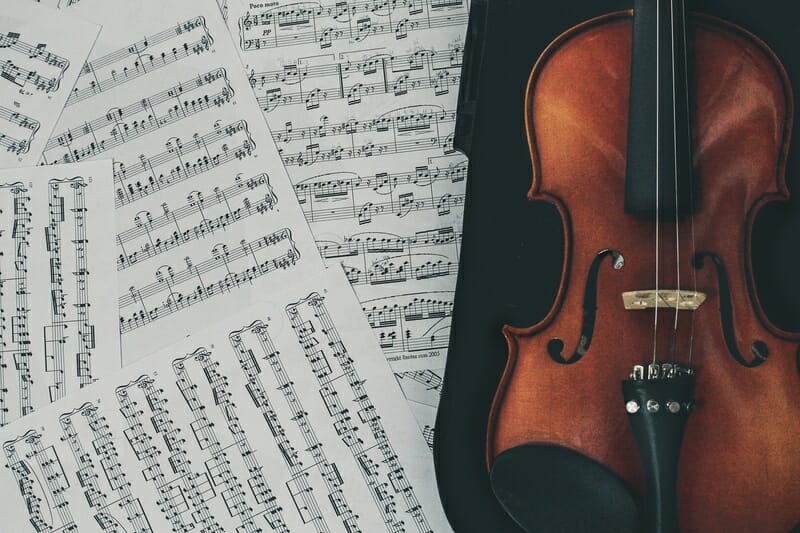The term “music theory” might scare you.
But these scary words can immediately elevate your music. As long as you’re familiar with them.
Theory can help you write more interesting, more complex, and more emotional music.
And all you need is an easy-to-understand intro to music theory.
So let’s get started!
What Is Music Theory?
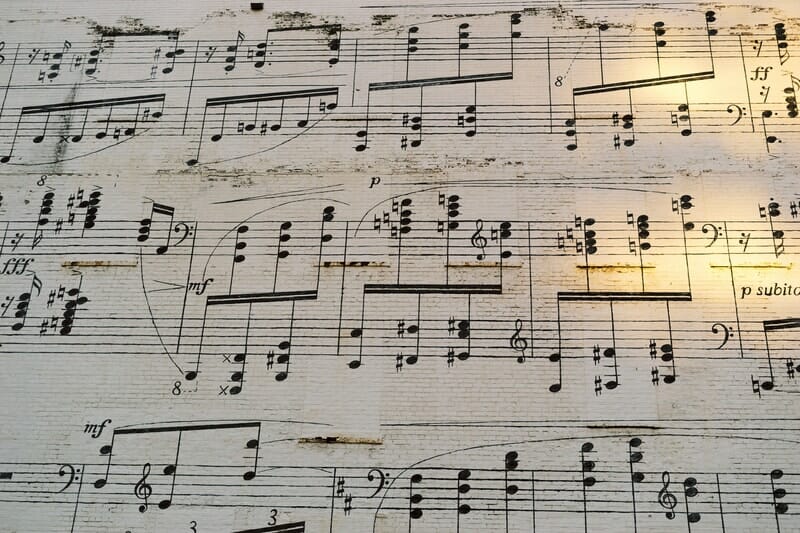
Music theory is the language of music.
You might be able to speak music, but music theory teaches you how to read and write music. Which helps you speak music more easily.
Theory is basically the how and why behind the music.
Why do these notes work together? How do you find the chords for this melody?
Theory can tell you.
Learning music theory can help you explain music to yourself and to fellow musicians. It’s a system for musicians to talk with each other.
When you hear, “music theory,” you might think it’s for academics and arrogant musicians. But that’s not true at all.
You can improve your musical skills and knowledge. Just learn some basic music theory.
And you don’t need to spend a ton of money on a course or a music teacher. All you gotta do is read this post!
Different cultures have different musical frameworks. Here we’re just going to focus on “Western” music theory (’cause that’s what we know!)
Let’s dive in.
Melody, Harmony, and Rhythm
These three elements are at the heart of music. So naturally, they’re the main aspects of music theory.
Let’s look at each in more depth.
What Is Melody?

Melody is a combination of sequential notes that work together as a unit. Notice how we say, “melody,” instead of something like, “the main notes of this song.”
The melody of a song is almost always the most memorable part.
Think of your favorite song. You probably go right to the melody.
We say things like, “Hey, do you know that song that goes…” and then we sing the melody.
What Is Harmony?
Harmony is simply one or more tunes stacked on top of the melody.
Each of the notes in the harmony corresponds with a note in the melody. They travel through the song together, yet as different tunes.
Harmony can also refer to the notes that build a chord, the quality of that chord, and chord progressions.
When you think about it, chords are just multiple notes played at the same time. Which is the very definition of harmony.
What Is Rhythm?
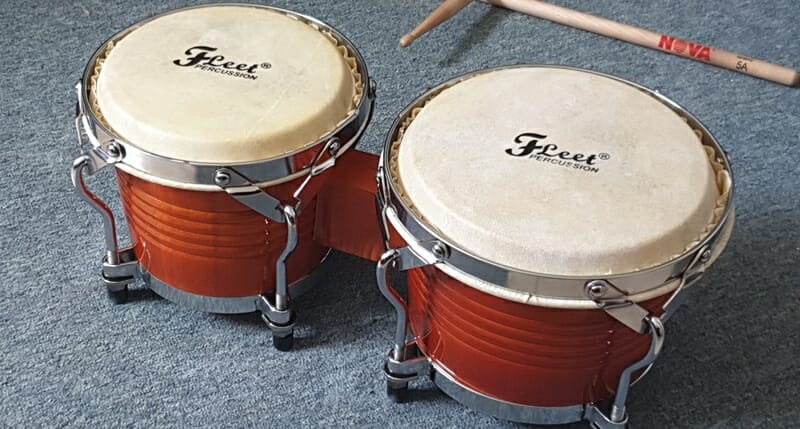
Technically speaking, rhythm involves dividing beats into repeating sequences based on the speed or tempo of the song.
But realistically speaking, rhythm is the groove of a song. Some people have naturally good rhythm, others definitely don’t.
Fortunately, you can learn rhythm with music theory and lots of practice.
Rhythm involves measures that are made up of beats. These measures repeat throughout the song.
A time signature tells you how many beats are in each measure. The most common time signatures are 4/4 and 3/4.
So in a 4/4 time signature, you have a group of four beats with equal time between each beat. This group of four beats repeats at regular intervals.
That’s why you hear drummers counting in with “1, 2, 3, 4…”
There are also time signatures that can be difficult to get used to. But once you learn to play in those signatures, it can open up a whole new world.
For example, the 5/4 time signature doesn’t feel natural to most of us.
Five beats in a measure? It’s abnormal.
But if you can learn to play inside of it, it can make your song very interesting.
Within each measure, there’s a downbeat (aka the strong beat), which is the 1 beat, the first beat in each measure.
BPM means the beats per minute. The higher the BPM, the faster the rate of the click track.
These are the main elements of rhythm that will help you create a groove to your song.
The Difference Between a Major and Minor Key
What’s the difference between major and minor?
The simplest way to explain it? Major keys sound more positive while minor keys sound more negative.
But…
Even though this is a good starting point, this isn’t always the case.
To really understand the difference between a major and minor key, we have to look at the basic forms of major and minor scales.
Now, more than two scales exist. Way more.
Most modern music pulls from 48 musical scales. But don’t worry, we’ll just cover the basic major and minor scales.
The major scale follows this form to describe the space between notes:
Whole tone – whole tone – semitone – whole tone – whole tone – whole tone – semitone
So the G major scale would be:
G – A – B – C – D – E – F♯ – G
On the other hand, the minor scale follows the form:
Whole tone – semitone – whole tone – whole tone – semitone – whole tone – whole tone
So the G minor scale would be:
G – A – B♭ – C – D – D♯ – F – G
You can use these basic major and minor scale forms for any key. As a beginner with music theory, these two scales are the best place to start.
What Are Chords?
Chords are a combination of notes played simultaneously.
And chords can get very complicated very fast. So we’re just going to focus on the four main types, two of which are not even used that often.
Major Chords
A major chord involves the root note, a major third, and a perfect fifth. These refer to the notes in the scale. These would be the note of the key (the root note), and the third and fifth notes in the major scale.
So a G major chord is G, B, and D.
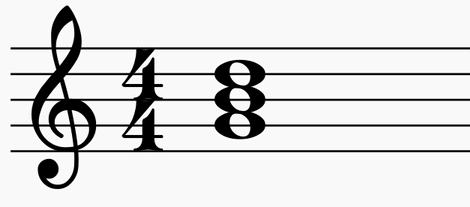
Major chords feel resolved and complete, as if you’ve arrived home. They can also be thought of as more positive-sounding chords.
Minor Chords
Minor chords involve the root note, a minor third, and a perfect fifth. The minor third is the third note in the minor scale, and the perfect fifth is the fifth note in the scale.
So a G minor chord has the notes G, B♭, and D.

Even though there’s only one note difference to a major chord, minor chords feel sad or down. Like you’ve left home.
But it all depends on the context in which they’re used. Their feel can change depending on their role in the chord progression.
Diminished Chords
Diminished chords involve the root note, a minor third, and a tritone above the root note. (A tritone is six semitones or half steps.)
So a G diminished chord has the notes G, B♭, and D♭.
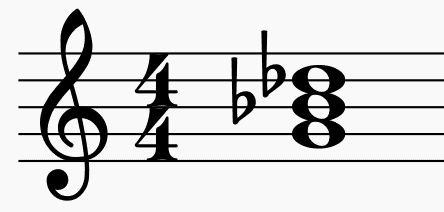
These chords make things feel tense and unresolved.
They work well as in-between chords. As a segue into the next chord in the progression.
Augmented Chords
Augmented chords are made up of the root note, a major third, and a raised fifth above the root. (A raised fifth is eight semitones or half steps.)
So a G augmented chord has the notes G, B, and D♯.
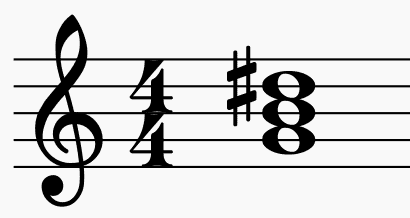
These chords are weird and definitely unresolved. People rarely use them, but they can be effective when used thoughtfully.
Surprise is a powerful tool in the songwriter’s arsenal.
Music Theory and Songwriting
You can write songs without knowing any music theory.
But theory can have a drastic impact on the complexity of your songs. It can help your songs become more interesting.
Here are some positive effects music theory can have on your songwriting.
More Interesting Chord Progressions
Once you know the basic chord formations, you can apply them to whatever key you’re writing in.
You’ll then have a deeper well to pull from when writing your chord progressions.
Maybe you want an eerie, unresolved feeling at the end of a verse. Something that builds anticipation and suspense.
In that case, try using a diminished or augmented chord.
Maybe you want to write a breakup song and want it to have a sadder, bittersweet feel. You know how to play minor chords, so you’re all set.
Knowing basic chords is a gateway to learning more complex chords.
Eventually, you can get into the circle of fifths. It helps you know where to go next in your chord progression.
Overall, your chord progressions have the potential to be more interesting. And that’s what us songwriters are looking for, right?
More Complex Instrumentation
You know the basic formation of the major and minor scales. So this will immediately let you create more complex instrumentation.
Scales are the tools you can use to write more interesting riffs, melodies, and even solos.
Because you know scales, it will be easier to write better melodies and harmonies to go along with them.
You’ll be able to fit your different musical parts together, and they won’t step all over each other.
Varying Time Signatures
Like I said, a time signature is made up of a certain number of beats within a measure. Now that you know that, you can play around with weird time signatures.
Want to play a cycle of seven beats? Try a 7/8 time signature.

Feeling adventurous? Write a song in an 11/8 signature.
It will take practice to learn those time signatures.
But by knowing how time signatures work, you open yourself up to a bunch of new rhythmic feels.
Deeper Emotions
All of these elements can help you create much more emotional songs. Just having this knowledge gives you a bigger library of musical elements to use.
Now, when you want your song to have a certain emotion, you have the tools to make it happen.
This is why every songwriter and producer should learn basic music theory.
You have nothing to lose and only better music to gain.


